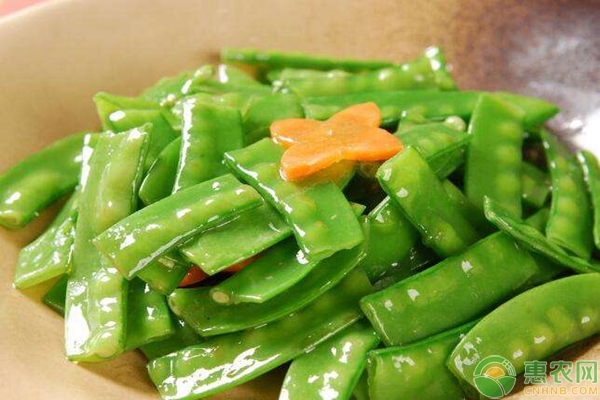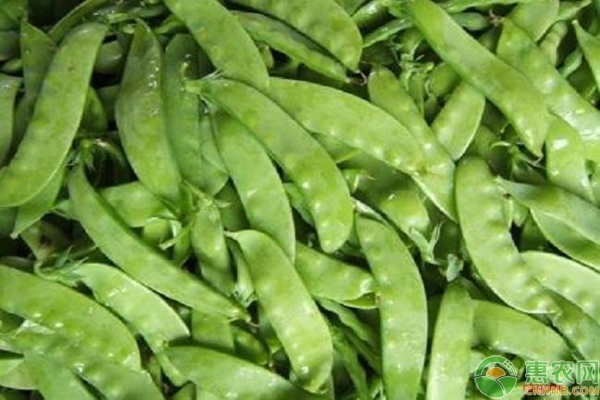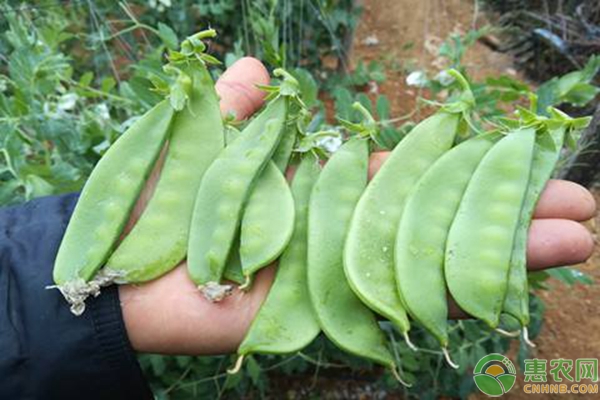Dutch beans are a common vegetable variety in our lives, and there are not many farmers who grow peas in rural areas. So, how to grow peas can get higher yields? The following section of Huinong.com will tell you about the main points of planting methods of peas.

First, the soil
The soil of the Dutch bean is highly adaptable, and it can be planted in both sandy and viscous soils. If you want to grow high yields, it is best to choose a more fertile soil. And the pH should be moderate, too acidic or over-alkaline soil is not conducive to the growth of peas.
Second, moisture
Dutch beans must pay attention to the supply of water during the planting process. Because at the time of its germination, if the water is not enough, it will affect the sprouting. The right amount of water can keep the soil moist.
In addition to the water management when sprouting, when pods are growing rapidly, if you encounter dry weather, you should also manage artificial water. If the water is not enough, the pods may be precocious, and the grown beans will not taste too much. it is good.

Third, the light
Insufficient illumination will directly affect the flowering of the Dutch beans, so it is necessary to choose the location of the sunny place when choosing the seeding area. In addition to affecting flowering, when the pod is late, the demand for light is relatively large. If the light is strong, it can make it pod better.
Fourth, planting time
Different varieties of peas are also different for planting time. In spring, they can be sown in February, and then in autumn, they can be sown in August.

The above is the main points of the cultivation method of peas in the small series compiled by Huinong. I hope to help everyone.
For more exciting pictures and popular comments on Dutch bean cultivation, click below to view the original ↓ ↓ ↓
SARS-CoV2(COVID-19) Antigen Rapid Test Kit
NINGBO AUTRENDS INTERNATIONAL TRADE CO., LTD , https://www.metests.com